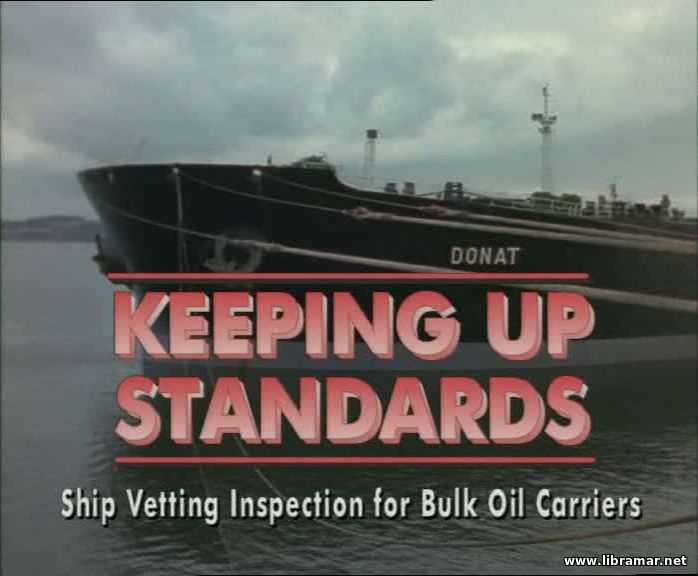 For the ship inspector, every inspection is a sort of testing of professional judgment. First impressions can make a difference but it is only a surface thing. If the vessel is not giving the perfect cosmetic appearance, it would not necessarily mean the vessel is bad at all...
Ship vetting is considered very important because it helps to improve the quality of the shipping operations. Poor quality ships endanger the lives of their crew, they can lead to pollution incidents that may cost many millions of dollars.
That is why we would recommend to watch this video to all persons performing vetting inspections of the vessel - either professional inspectors or trainees who will all appreciate the content providing them with general information supplemented by the valuable instructions and practical tips. It will definitely add to their skills and make their inspections more efficient and professional.
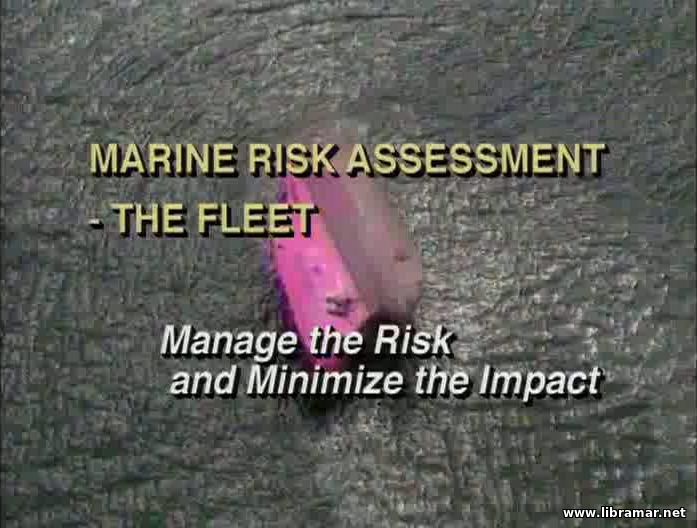 Accidents and disasters happen, and they always happen for some reason, they are not random events. Investigations afterwards often reveal that the causes were known before the incident occurred. The idea of risk management and formal safety assessment is to identify, assess, and manage the risks before they lead to an incident.
The aim of this video is to demonstrate how exactly the ships management team can begin to manage the risks on their own vessel. There are underlying causes for every event... A must-watch training material for the people whose activities imply assessment of the risks commonly associated with the operation of the ship.
As the title of this video promises, upon watching it and understanding its content, they will be enabled to perform much better risk assessment, minimizing potential impact...
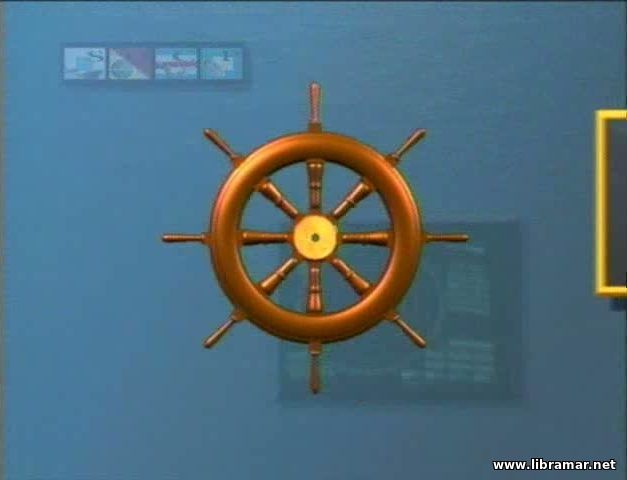 The original intent of the authors of this training video film was to inform the crew members of the sea-going vessels of the concept of the bridge resource management.
They have also tried to help the sea-going personnel to gain a deep and thorough understanding of the various human factors that commonly play one of the most important roles and the ability to keep such factors under control.
In fact, we can say that the bridge resource management shall definitely be considered one of the critical parts of both IMO STCW Convention and ISM Code. We recommend this video not only to the crew members but even to the shore-based personnel willing to get the idea of the BRM and have a general picture of it, such knowledge shall be possessed by everyone in the shipping industry regardless of the position.
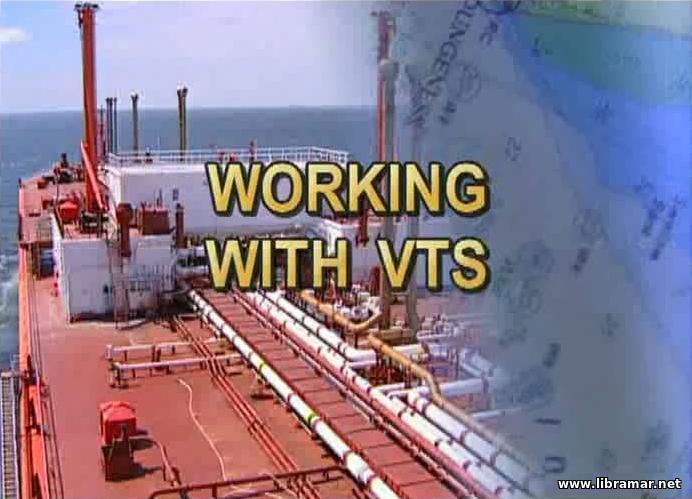 As an extension to the areas covered by the other parts of the present video training program, this video film examined the key principles involved in working with the VTS. While approaching or leaving a port, the onboard management team need to interact with many shore-based organizations. If their own management style is synergistic, this may eliminate difficulties in including the additional temporary members into the team.
This will ease everyone's workload and contribute to the more efficient and incident-free turnaround. One of the most important for the shore based authorities is the VTS, standing for the vessel traffic service. On board, the pilot serves as a link between the VTS and the vessel; however, the ship's responsible officers must be ready to deal with the VTS should a need for that arise. Both the VTS operator and the ship's officer have the qualities they can bring to the task.
Those on board know the ship and it's characteristics, they know the crew, they know detailed plan for the immediate future; but they do not often have a global view of the traffic situation. The advantages of the VTS operators are that they do see the overall picture and everything that is happening in the port, they know the schedules and intention of the ships, they know the area very well and are aware of the capabilities of the availability of the shore-based services, including emergency services, and also know how to contact them...
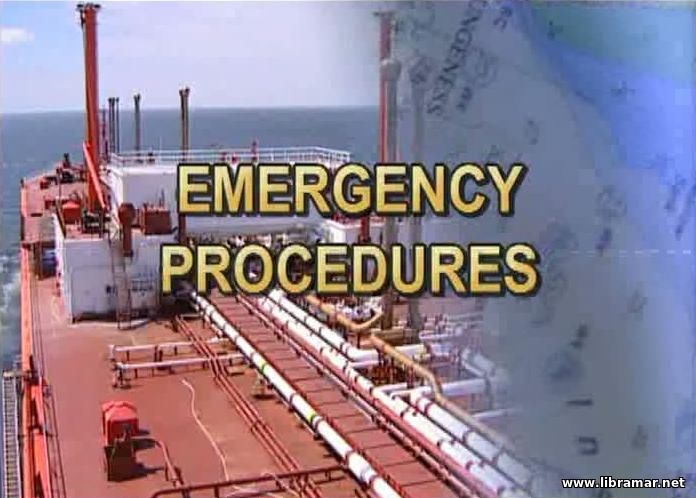 This series considers a number of important issues in bridge resource management. This particular video is dedicated to the bridge response to the emergency situations. Everyone has heard of the shipping accidents that have grabbed the headlines of the world's maritime press. But the world at large never hears about the incidents that were contained and controlled by those on board.
By responding quickly and correctly, many emergencies have been brought under control. Injury, loss of time, and damage to the ship have been greatly reduced and eliminated. Although the offices on the watch has a vital role to play initiating the ship's response to any incident, the primary responsibility remains with the safe navigation of the ship. During the watch, the watchkeeping officer is in charge of the ship. Most of the time, normal routine work will fill every minute of the watch. It is only rarely that emergencies occur, but when they do occur, your response as the watchkeeping officer is a crucial component in dealing with it.
How you respond, depend on the requirements of your companies' emergency response manual. We show here a number of typical examples, starting with the gyro failure. On hearing the alarm, the officer on the watch switches to the second gyro, if one is available...
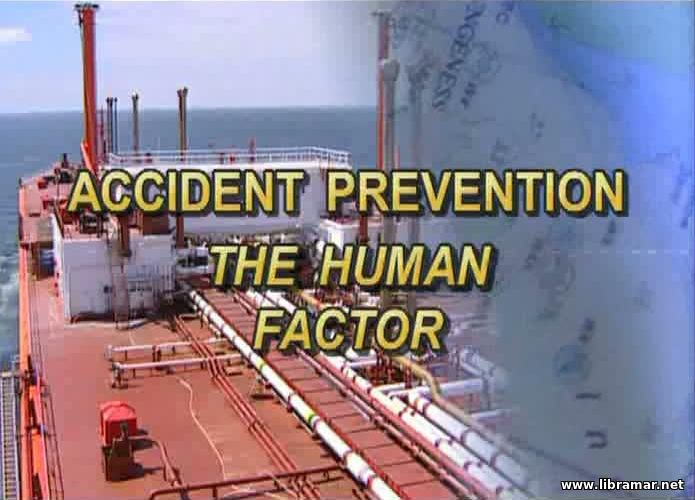 Parts of the present Bridge Procedures series discuss bridge watchkeeping and the master-pilot relationship. As the extension to these topics, this video examines the importance of the human factor in accident prevention. Accidents will happen at sea, on land, and in the air. When they do, the usual response is to find someone to blame and often the person chosen is the watchkeeper in charge.
But this approach misses the point; to improve safety, we need to look beyond - it means taking into account the human factor. As far as the shipping industry is concerned, this means turning away from the old-fashioned autocratic leadership style, that was widely spread in the past. Perhaps that was once an effective management style; but on high technology ships sailing in today's busy sea load it is no longer appropriate.
The airline industry has been aware of this for some time, but it took a terrible accident to change a perception of the effective management... In short, it is quite obvious that the human roles have always been and are still being considered one of the most serious factors contributing to the number of the accidents, including but not limited to the accidents happening at sea. This is what the present video concentrates on...
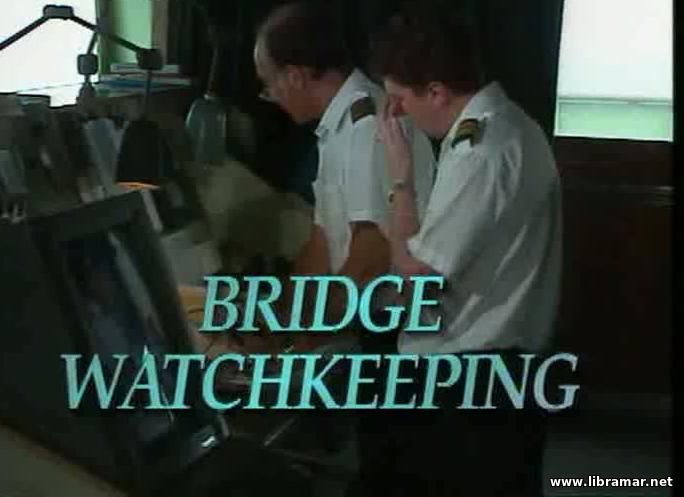 The work of the navigating offices goes on winter and summer, day and night, in calm weather and in storm. This applies equally whether engaged in passage planning, taking the watch or entering or leaving confined waters. It is a critical work as over eighty percent of insured losses due to collision, grounding or contact damage, are set to arise from human error. This program examined the work of the officer on the watch during watchkeeping.
Any shipping casualty, whether it is by grounding, collision or fire, represents an enormous cost to the maritime community. In addition to the possible losses and environmental damage, all other factors involved affect all ships. However, most shipping casualties are actually avoidable. Analysis of statistics shows that up to eighty percent of losses are due to human error and that often means bridgekeeping error. Bridge watchkeeping is deservedly considered one of the critically important activities on board of ship at sea. While on watch, the responsibility for safety and security of the vessel and all people on board is on the watchkeeping officer.
This task requires good training, high standard of skills, and effective time management. The rime task of the watchkeeping officer is to ensure that the vessel is never in a position of uncontrollable risk. This means always knowing the ship's situation and keeping a good lookout at all times...
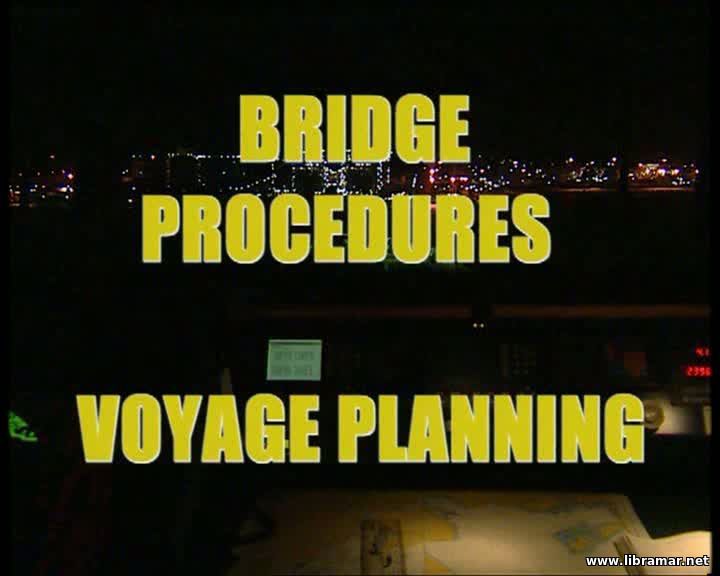 This video is going to examine one of the key tasks on the ship - voyage planning by the navigating officer. A good voyage plan with all the information including information needed in emergencies, is the only basis for a safe voyage. Poor voyage planning may not always result in an accident, but it puts the watchkeeping officer in a weak position if the things are starting to go wrong, and inevitable they will one day.
As well as reducing accidents and improving safety, regulation 34 of SOLAS Chapter V requires all ships to have a voyage plan before proceeding to sea. The information it gives frees the watchkeeping officer from spending time on reference books and tables, it will ensure that the officer is fully aware of all requirements. The plan is to cover the entire voyage from berth to berth. It must be completed well before the departure and must be approved by the master.
If the voyage plan is your responsibility, you need to be aware that doing it properly takes time. The first step is to check that all the necessary charts and publications are up-to-date and that no change is taking place to the scheduled destination. Next, there must be a discussion with the master to take into account all the commercial requirements. The master's experience will enable him to suggest a route, pointing out potential hazards. One issue to discuss with the master is weather routing...
|







